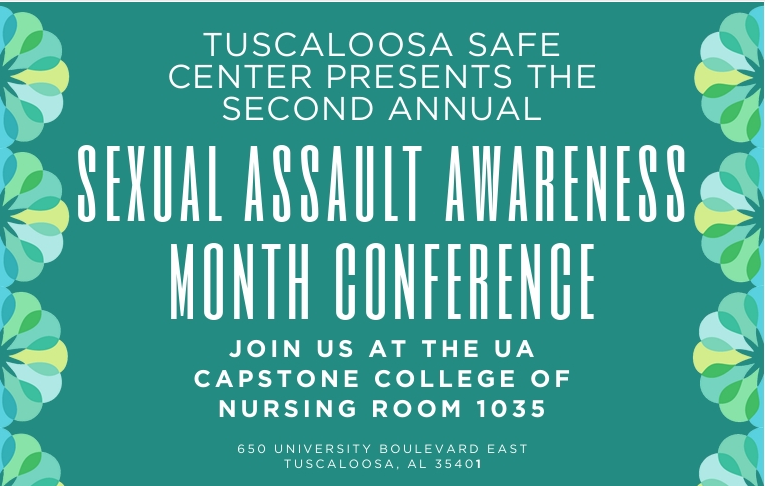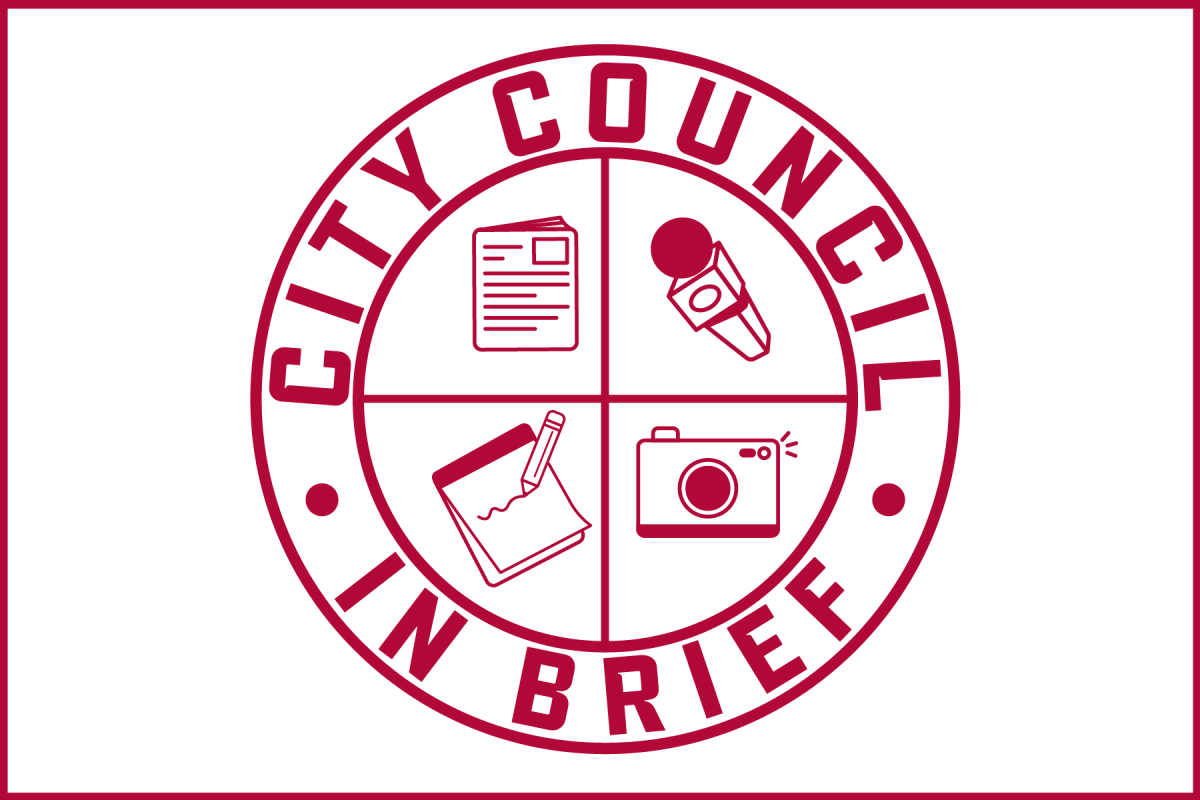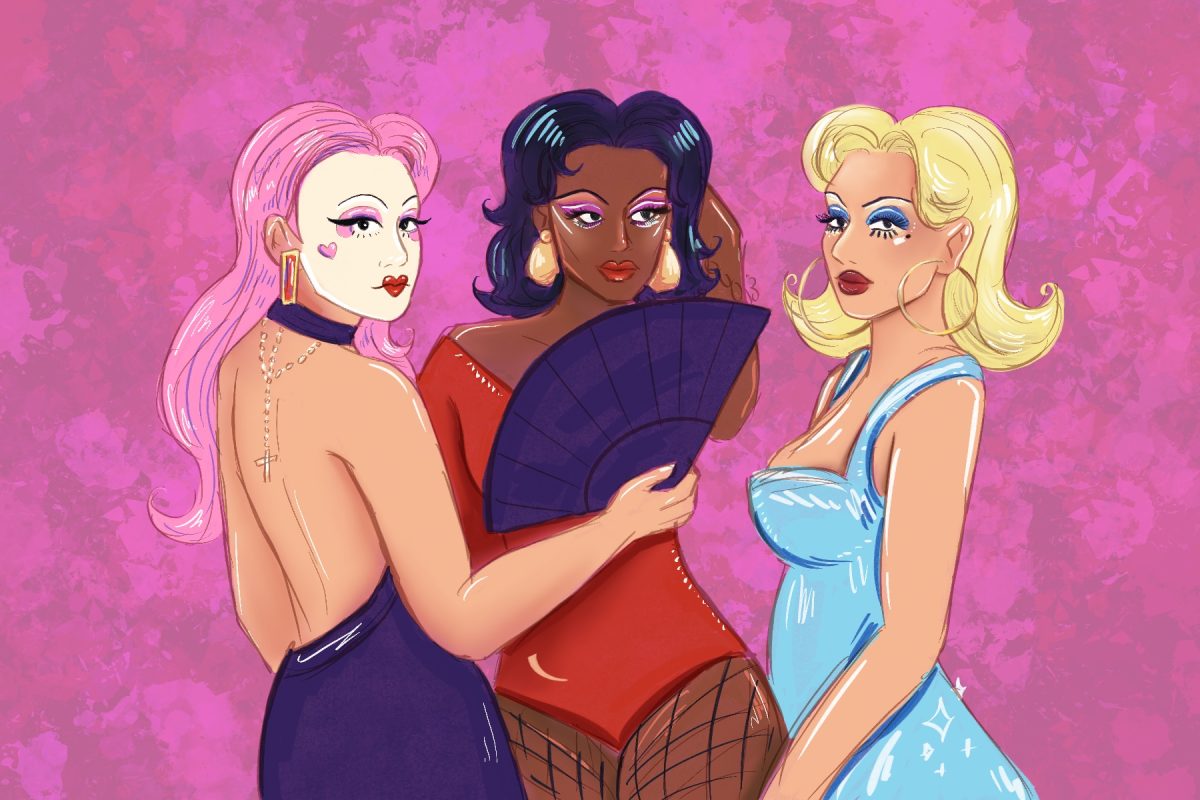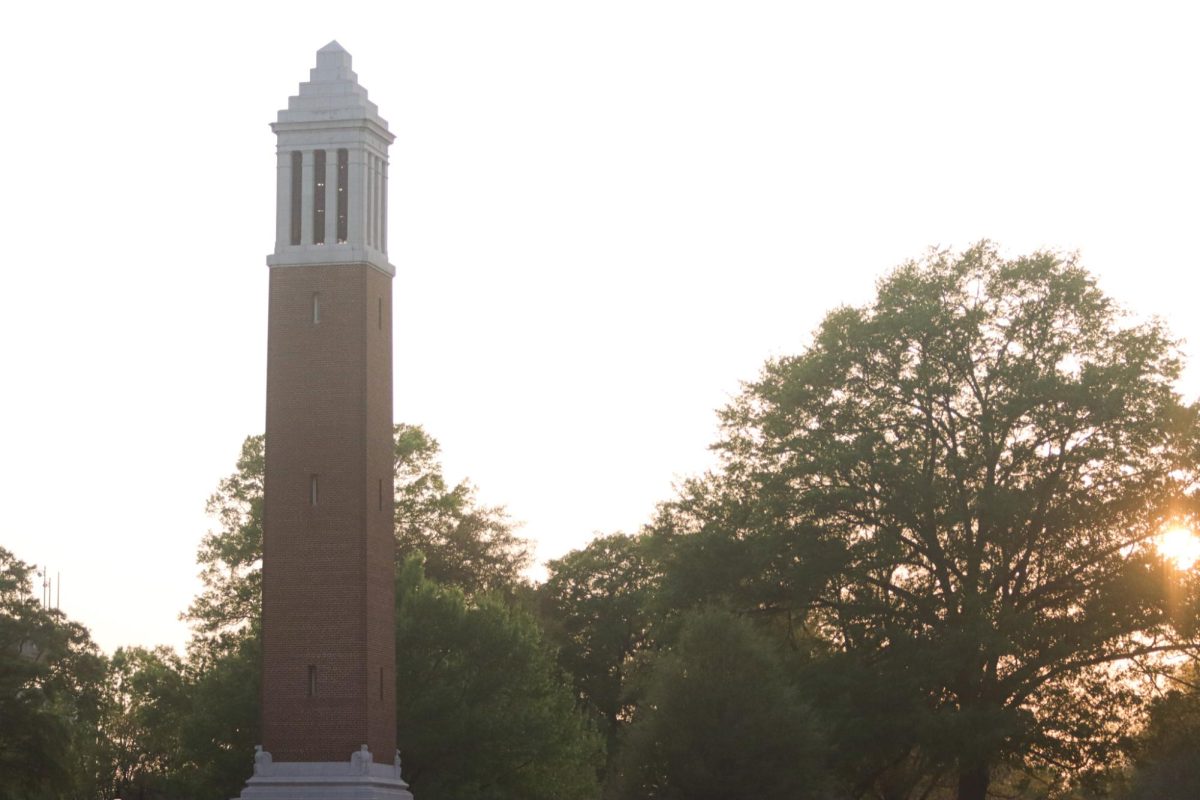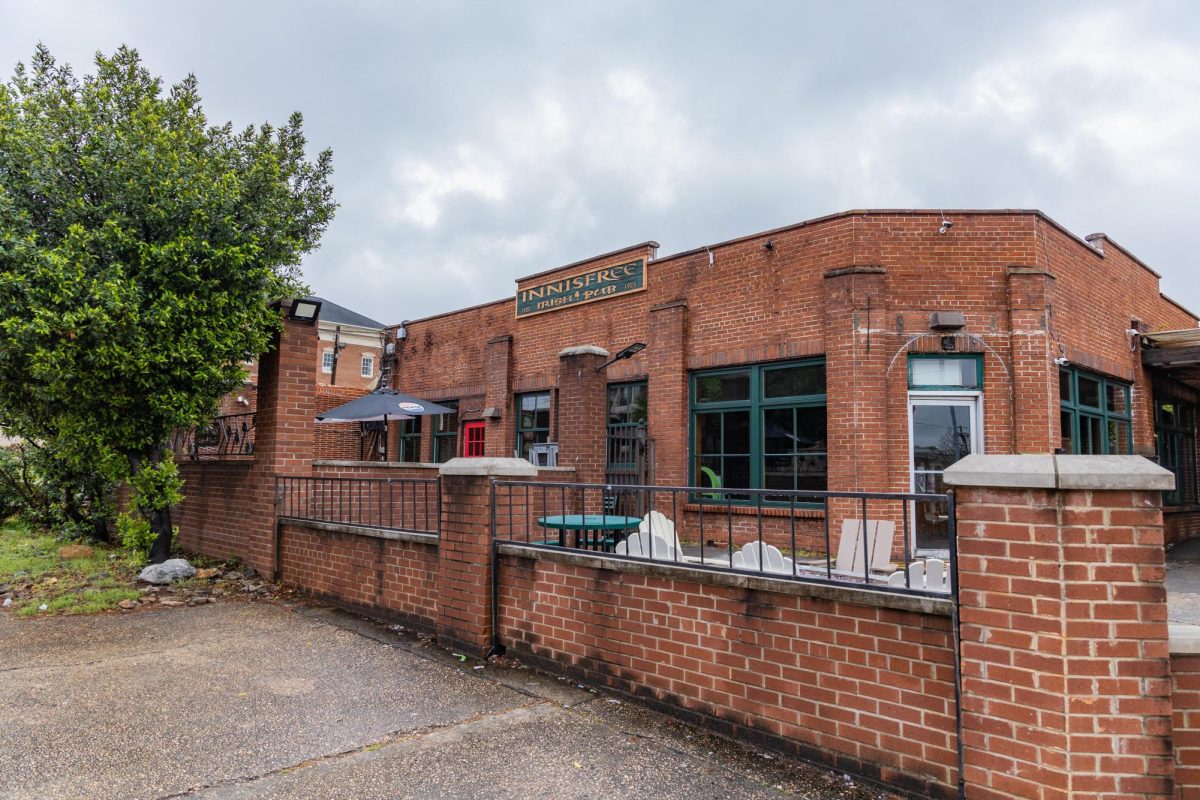Each year, thousands of people of all ages are diagnosed with leukemia, lymphoma and other life-threatening diseases, and for many of these patients a life-saving marrow transplant from a matching donor is their best hope for a cure, according to a Be The Match foundation information sheet.
Martin Townsend, a 20-year-old biology major at the University, was diagnosed with a rare form of leukemia in 2011, said Rod Gunn, an account executive for the foundation.
Because Townsend does not have a family member whose HLA tissue-type matches his own, he must rely on the Be The Match Registry in hopes of finding a potential unrelated donor whose tissue type matches his own, Gunn said.
“A patient like Martin has a 30 percent chance of finding a family match,” Gunn said. “Martin’s match is likely to be found in a potential donor of the same racial or ethnic background as Martin. Because Martin is African American, his chances of finding a matching donor are minimal because African Americans, like most minority groups, are severely underrepresented on the Be The Match Registry.”
Rhiannon Hedges, a junior biology major, said that she and others chose to honor Townsend, who had to drop out of school last spring because of his leukemia.
“I chose to specifically honor him with this drive because we have been friends since high school,” Hedges said. “Also, it is often difficult to find a perfect match for minorities because they are so underrepresented in the registry.”
Be The Match is the marrow donor registry operated by the National Marrow Donor Program, Gunn said.
“Be The Match helps patients who need a bone marrow transplant in order to survive,” said Chris Hutt, director of health professions advising at the College of Arts and Sciences.
To help patients like Townsend, Be the Match along with Chris Hutt and the AED Medical society are hosting a Bone Marrow drive on Jan. 26 from 10 a.m. to 2 p.m. on the second floor of Lloyd Hall.
Although there are over 9 million potential donors already on the Be The Match Registry, only one out of every 400 will be identified as a potential match.
“Anyone between the ages of 18-60, in general good health and willing to donate to any patient they may match can join the registry,” Gunn said. “Joining the registry simply means a potential donor is willing to make him or herself available to donate his or her liquid marrow. The more people who join our Be The Match Registry, the more patients we’ll help receive the transplant they need.”
Being in the national registry does not mean that a person is obligated to donate, or that they will ever be asked to do so, Hutt said.
“Be The Match will collect information from participants such as contact information and a cheek swab which is like brushing a q-tip on the inside of a person’s cheek for a few seconds and then enter that information into the national database,” Hutt said. “If a person from the registry is a genetic match for someone in need, then Be The Match will contact that person to request further testing to confirm a match.”
For more information on donating bone marrow and Be The Match, visit marrow.org.



